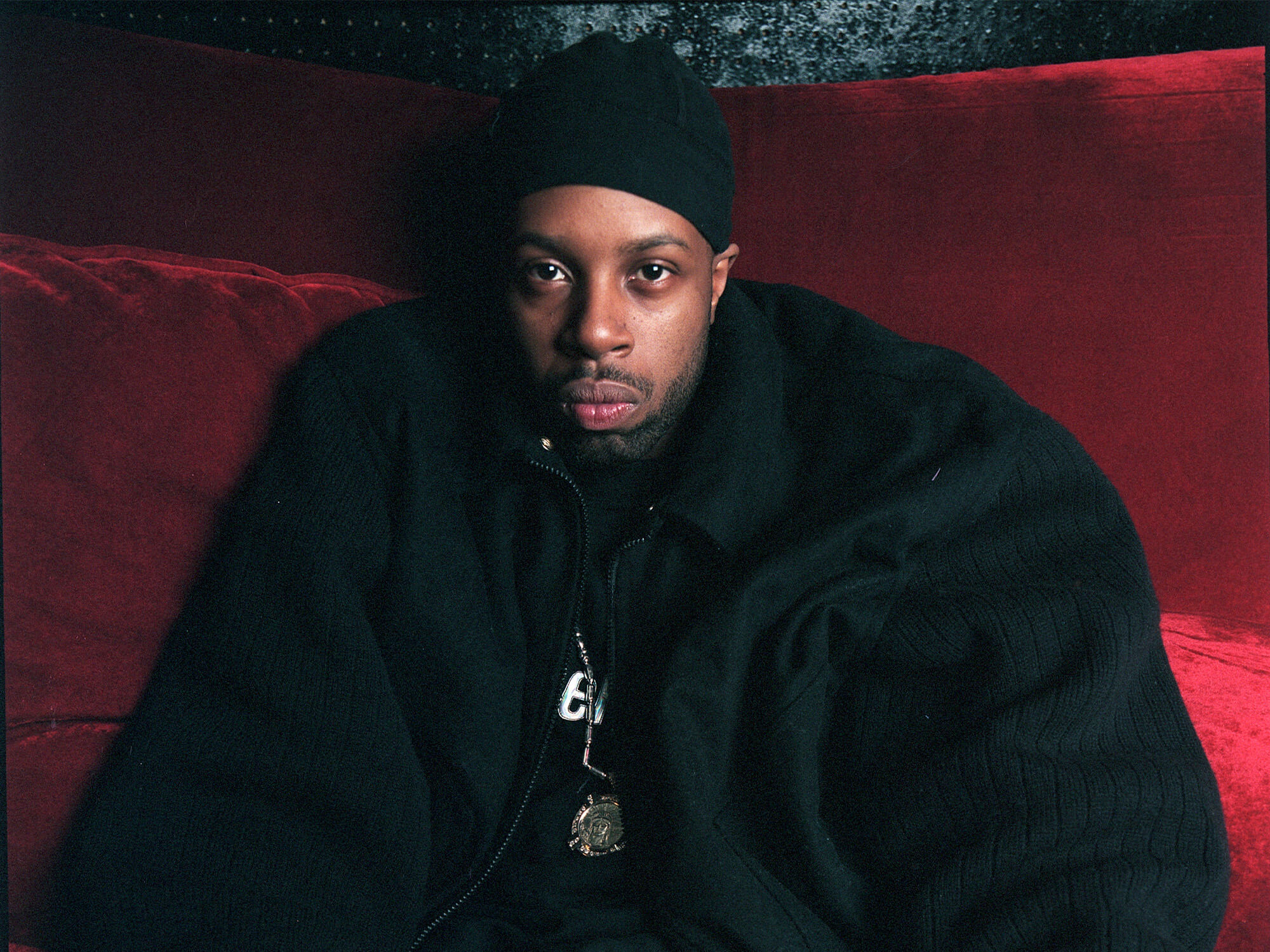Watch this hip-hop producer’s deep dive on how J Dilla made his unique bass tones
Many years after his death, J Dilla continues to be considered as one of the most trailblazing producers of hip-hop…

Image: Gregory Bojorquez / Getty
J Dilla became one of the most influential artists in the hip-hop genre for his experimental production techniques, and one of his most unique quirks was how he made his bass tones.
J Dilla created these simply using feedback from a turntable, and producer Nonjuror has shown exactly how you can use the very same technique.
Nonjuror was inspired by Questlove’s appearance on Open Mike Eagle’s What Had Happened Was podcast, in which he recalled how J Dilla created the unique tones by putting a record on the turntable, placing the needle on it, but not actually running the turntable itself.
“He puts the volume all the way to the top, and he’s turned the highs down from the mixer, and it’s making a feedback noise. And he gets the [E-mu] SP-1200, records that, and then suddenly he puts it on all the keys,” he shares during the episode.
In Nonjuror’s video, he starts by laying out his main gear – a standard turntable going into a Phono preamp DI, a tube preamp to boost the signal, and a Roland SP404 MK II.
“So here’s how this works,” he begins. “I put the needle down on the record, but I don’t start playing it. Instead, with my turntable sitting in front of my speaker, I’m going to crank up the gain on the preamp and as I do, the stylus will pick up the vibration caused by the speaker, resulting in a feedback loop that gets louder and louder, which hopefully I’ll able to tame with the gain knob.”
Nonjuror then sets out to find what note this “fat and nasty” feedback is playing at, so he connects to a Koala sampler and uses its tuner feature. After uncovering that it comes in slightly lower than a C, he raises the pitch to put it in tune and then re-samples.
He then creates another sample, but this one with a low pass filter on it, and another which he’s pitched up an octave too. As he doesn’t have an SP-1200, he opts to use an NPC 60 MK II from this point on.
Watch the full video to see how Nonjuror then brings these bass samples to life:
“I always figured J Dilla’s smooth, subby low pass filter bass sound came from his Minimoog or one of the other many synths in is arsenal (E-Mu PK-6, MicroKORG, Electribe ESX-1…etc),” he says of the video. “But when I heard Questlove on Open Mike Eagle’s podcast telling the story of the time Jay Dee showed him…my mind was blown.”
View more from Nonjuror.